we have a java8 web application running on tomcat8.5.47 server.we have only 20-60 users sessions per time but most of time up to 600mb uploading files on server.we also use hibernate and c3p0 for manage database connections. we monitored server several days and saw sometimes java reserved ram increased suddenly and garbage collector did not released it.how can we manage this?and is there any way to release reserved ram and prevent tomcat from increasing ram? and also any way to decrease used ram in task manager?
these are our settings:
-XX:MaxPermSize=1g -XX:+UseG1GC -XX:+UseStringDeduplication -XX:MaxHeapFreeRatio=15 -XX:MinHeapFreeRatio=5 -XX:-UseGCOverheadLimit -Xmn1g -XX:+UseCompressedOops -Xms10g -Xmx56g
and it is an image of profiler when this happened:

and it is an image of profiler and also task manager after 2 hours:

P.s. we use jprofiler to profile and the green colour shows reserved ram and the blue colour is for used ram.also in second box you can track gc activity and third is for classes and forth shows threads activities and last is for cpu activities.
Thank you all for your answers.